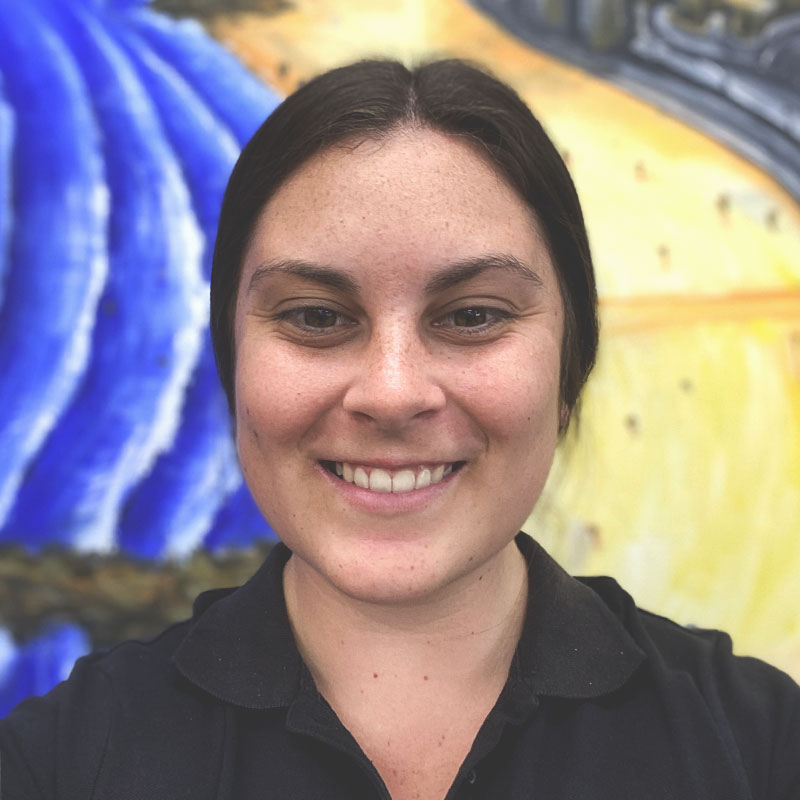Today for our #FactFriday we are looking at some information about the shoulder that a lot of people often don’t realise.
Hardly any connection at all:
It might surprise you to know that your whole shoulder is barely connected to the rest of your skeleton.
The only bony connections between your shoulder and your skeleton are via your collarbone. At the tip of your shoulder is your Acromioclavicular joint. Most physios, physical therapists and trainers may refer to this as your AC joint. The is at the lateral end of your clavicle.
At the other end of your collarbone, the medial end, you’ll find a connection to the sternum. Just at the base of your neck, your collarbone attaches to your breastbone.
These loose connections result in the shoulder joint being one of the most mobile in your body. At least it should be anyway. That’s what it’s designed to do – move. We want to be able to move our arms in almost any direction. The free movement of our shoulder girdle allows this.
Your shoulder joint relies on its surrounding muscles:
More so than any other joint in your body.
Like we said, your shoulder is barely attached to the rest of your body. 8 muscles have an important part to play in allowing your shoulder to move. These same muscles also must make sure the joint stays stable.
A tough task, which is why a lot of shoulder pain is a result of strains to these muscles.
Knowing what’s causing shoulder pain is the first step in fixing it:
Due to the intricacies of the joint design mentioned earlier, there are several factors to consider when tackling shoulder pain.
Any issues in one or more of the individual parts can cause you to feel pain in your shoulder.
One of the easiest things you can do to understand your shoulder pain better is to identify exactly what part of your shoulder hurts. For example, is the pain at the front, the back or ‘inside’ the shoulder. Is it coming from the surface or does it feel deeper down? Are you feeling it more towards the midline of your body, or more towards the outside?
Answers to these questions may help you suss out exactly where the problem lies.





